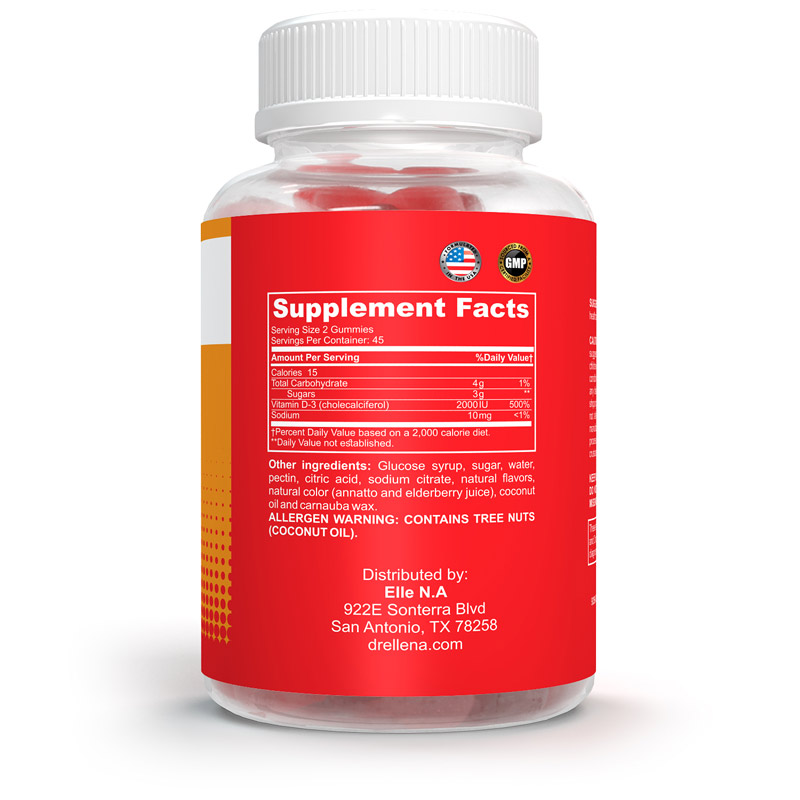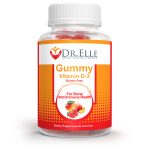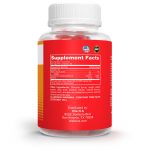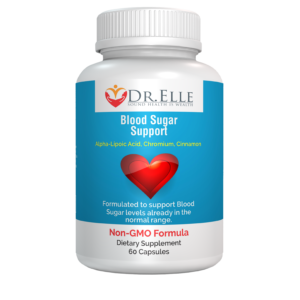Dr.Elle Vitamin D-3 Gummies:
- Did you know Vitamin D-3 is VITAL for
- Building and Keeping strong Bones?
- Supporting Immune Health?
- Reduce Fall Risk ?
- Statin users that experience myopathy/muscle pain?
Taking 2000 IU Vitamin D-3 Daily can help
Improve and Maintain healthy levels of Vitamin D in the body
U.S institute of medicine recommends 2000 IU Vitamin D-3 daily
(Taking higher doses of Vitamin D-3 >4000 IU can increase calcium levels in blood and cause constipation).
This is why Dr.Elle Vitamin D-3 Gummies contain 2000 IU.
Vitamin D-3 also helps with alleviate myopathy induced by Statins
Elle Vitamin D-3 Gummy 2000IU
Contains Right dose(2000 IU) to improve Bone and Immune health
Gluten Free
Alternate to pills or Chalky Vitamins
Very Tasty (strawberry, Peach, Mango Flavored)
Super Easy to Take
GMP Certified
Made in U.S.A FDA Certified Facility.
Who needs Dr.Elle Vitamin D Gummies/supplement?
Older & Young Adults
According to National Institute of Health and the FDA, older adults are at increased risk of developing vitamin D insufficiency in part because, as they age, skin cannot synthesize vitamin D as efficiently, they are likely to spend more time indoors, and they may have inadequate intakes of the vitamin. As many as half of older adults in the United States with hip fractures could have serum 25(OH)D levels <30 nmol/L (<12 ng/mL).
Osteoporosis Patients
According to NIH, over 40 million adults in the United States have or are at risk of developing osteoporosis, a disease characterized by low bone mass and structural deterioration of bone tissue that increases bone fragility and significantly increases the risk of bone fractures. Osteoporosis is often linked with insufficient calcium intakes, but insufficient vitamin D contributes to osteoporosis by reducing calcium absorption Adequate storage levels of vitamin D maintain bone strength and might help prevent osteoporosis in older adults, non-ambulatory individuals who have difficulty exercising, postmenopausal women, and individuals on chronic steroid therapy .
Inflammatory bowel disease patients and other conditions causing fat malabsorption
Vitamin D is a fat-soluble vitamin, its absorption depends on the gut’s capacity to absorb dietary fat. Individuals who have a reduced ability to absorb dietary fat might require vitamin D supplementation. Fat malabsorption is concomitant with a variety of medical conditions, including some forms of liver disease, cystic fibrosis, celiac disease, and Crohn’s disease, as well as ulcerative colitis when the terminal ileum is inflamed.
People with limited sun exposure
Individuals that are homebound, people with occupations that limit sun exposure, folks who wear long robes and head coverings for religious reasons, are unlikely to obtain adequate vitamin D from sunlight. Ingesting RDA levels of vitamin D from foods and/or supplements will provide these individuals with adequate amounts of this nutrient.
People with dark skin
Greater amounts of the pigment melanin in the epidermal layer result in darker skin and reduce the skin’s ability to produce vitamin D. Ingesting RDA levels of vitamin D from foods and/or supplements will provide these individuals with adequate amounts of this nutrient.
People who are obese or who have undergone gastric bypass surgery
A body mass index ≥30 is associated with lower serum 25(OH)D levels compared with non-obese individuals; people who are obese may need larger than usual intakes of vitamin D to achieve 25(OH)D levels comparable to those of normal weight.
References:
- U.S. Food and Drug Administration. Food Labeling: Revision of the Nutrition and Supplement Facts Labels.external link disclaimer 2016.
- U.S. Food and Drug Administration. Food Labeling: Revision of the Nutrition and Supplement Facts Labels and Serving Sizes of Foods That Can Reasonably Be Consumed at One Eating Occasion; Dual-Column Labeling; Updating, Modifying, and Establishing Certain Reference Amounts Customarily Consumed; Serving Size for Breath Mints; and Technical Amendments; Proposed Extension of Compliance Dates.external link disclaimer 2017.
- Byrdwell WC, DeVries J, Exler J, Harnly JM, Holden JM, Holick MF, et al. Analyzing vitamin D in foods and supplements: methodologic challenges. Am J Clin Nutr 2008;88:554S-7S. [PubMed abstract]
- Taylor CL, Patterson KY, Roseland JM, Wise SA, Merkel JM, Pehrsson PR, Yetley EA. Including food 25-hydroxyvitamin D in intake estimates may reduce the discrepancy between dietary and serum measures of vitamin D status. J Nutr 2014;144:654-9. [PubMed abstract]
- Wharton B, Bishop N. Rickets. Lancet 2003;362:1389-400. [PubMed abstract]
- Holick MF. Photobiology of vitamin D. In: Feldman D, Pike JW, Glorieux FH, eds. Vitamin D, Second Edition, Volume I. Burlington, MA: Elsevier, 2005.













